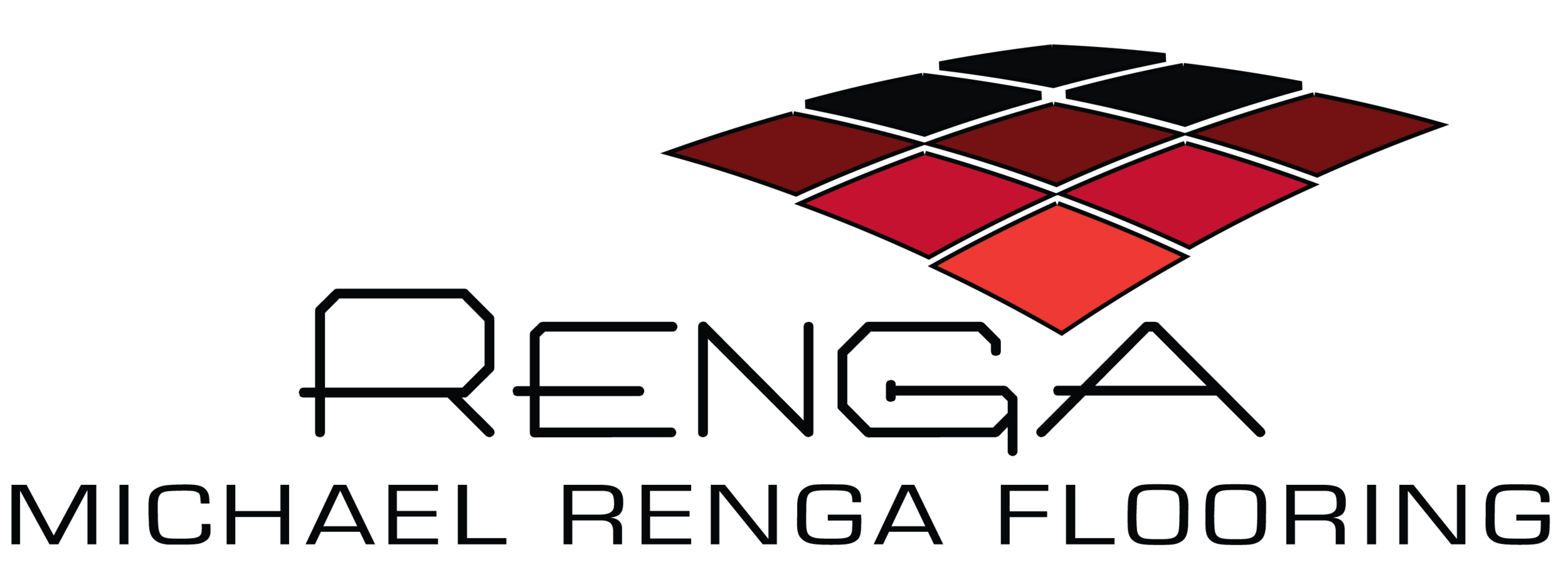“Is a Solid wood floor better then an Engineered wood floor?”
answer
No: The thicker, and better quality engineered wood flooring will last for many years, and can even be refinished (if needed) as an added bonus!
The staining & finishing technology used on factory finished engineered hardwood flooring today makes for an extremely tough, durable finish, which is unmatched by traditional site-finished applications.
You can also get unique looks through factory finishing engineered hardwood floors that would be impossible to achieve in an uncontrolled environment like a job site. When site-finishing a solid hardwood floor on a job site with ever changing temperature, humidity, and lighting through the day, as well as day to day, it makes it almost impossible to achieve consistent results.
Factory finishing is done in completely controlled environments, so you know what you want, is what you are going to get! Consistency is key when it comes to keeping a project on budget, and on schedule! Just ask us, and we will get you a full carton of the flooring you want so you can see the largest possible section of flooring for your final approval. Our goal is for you to know exactly what you’re getting before we arrive for the installation, we do all the preparation ahead of time to make sure your job runs smoothly!
Engineered hardwood floors also offer much more dimensional stability than solid hardwood flooring. Solid hardwood can not be installed over concrete slab, or in below grade applications. Solid wood flooring doesn’t do well during fluctuation of humidity and temperature - Engineered hardwood can be applied in these situations without any issue.
What do we install in our own homes? Engineered hardwood flooring, for all the reasons listed above, and more..!
solid hardwood flooring
Solid hardwood generally expands and contracts a lot more than engineered wood during climatic changes, especially during extremes in heat, cold, and precipitation. Solid hardwood is unsuitable for applications at any location with increased moisture or high temperatures. These could be areas which are not environmentally controlled, damp areas such as below-grade installations, and over radiant heating systems.
engineered hardwood flooring
Engineered hardwood floors are made up of layers. The top layer is 100% natural wood, which comes in a variety of species. The bottom layer is also wood. In the middle is a core built from 5 to 7 layers of plywood that crisscross in different directions. Engineered construction creates a highly stable core that is less likely to expand, contract or shift when exposed to moisture, humidity and temperature.
Different styles of hardwood milling to achieve different grain patterns!
Live Sawn is how you produce live edge slabs and it is the simplest way to mill a log. The Plain Sawn is a cross section of the log and has a varying grain pattern, recognizable by its characteristic “cathedral” grain on the surface. Quarter Sawn boards are cut so that a vertical grain pattern is visible on both the top and bottom of the board. Rift Sawn boards are cut so that all four sides of the board have a vertical grain pattern. The price of each of these cut styles is directly related to the amount of waste involved in cutting them. The live sawn cut produces the least amount of waste, as the boards are cut in cross sections all the way through the log. The waste amount increases with each style in the graphic. Generally, the live sawn cut is the least expensive, while rift sawn is usually the most expensive.

